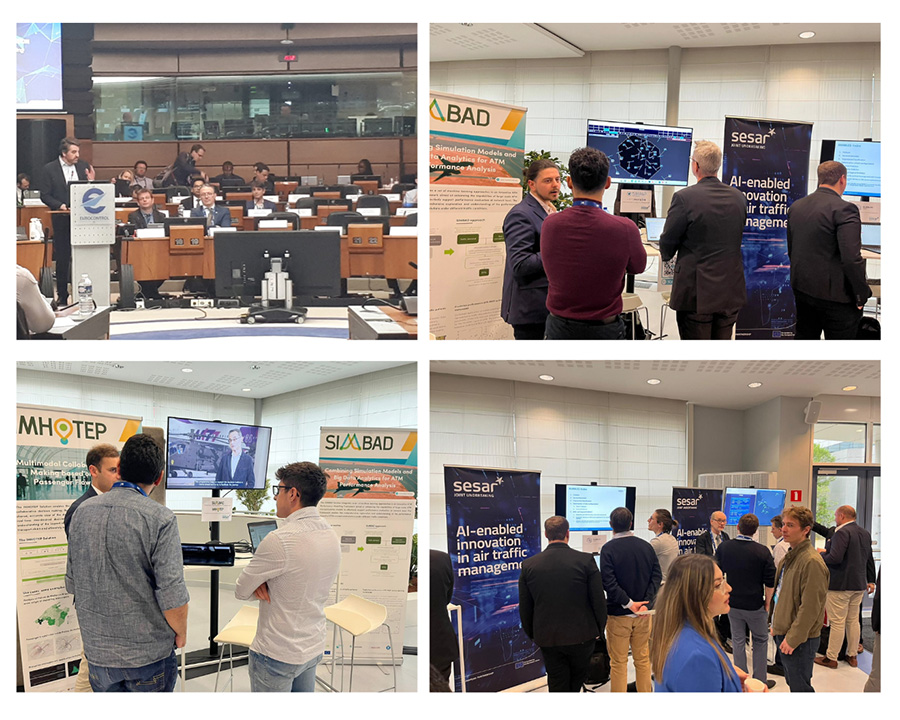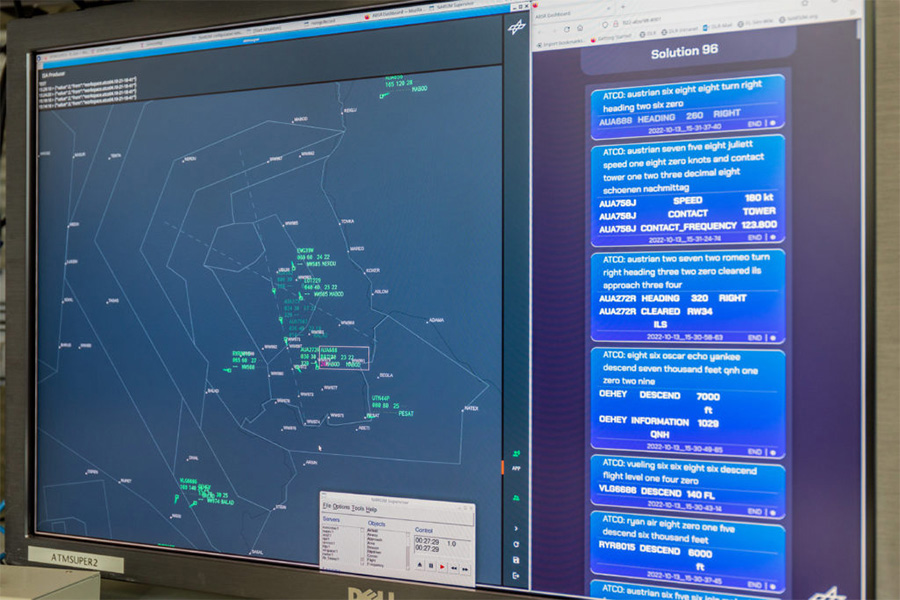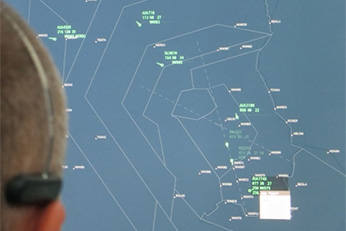As Alan Turing pointed out in 1952, speech recognition is not speech understanding. However, SESAR machine learning technology shows improved understanding rates in pilot-controller voice exchanges while reducing controller workload.
The HAAWAAI project developed new speech recognition architecture based on machine learning for two complex airspace regions: The congested London area; and Iceland’s airspace stretching over 5,000,000 square kilometers. Some 20 hours of voice utterances were transcribed manually and machine learning techniques were used to adapt the basic recognizer to the local challenges. Just one hour of training data reduced the word error rate from 50% to 25%, while further training of the HAAWAII system in understanding pilots’ voices led to a word error rate below 10%. Air traffic controllers’ recognition rates were twice as good.
However, more important than incorrect word recognition is extracting call signs or waypoint names. Combining voice with radar data brought significant improvements at the semantic level: Aircraft call signs from controllers, for example, had recognition rates of 97%.
Machine learning was also used to create a readback error detection assistant (REDA). Readback errors are where, for example, a controller gives clearance for a pilot to climb to 7,000 feet, but the pilot repeats this as 8,000 feet, risking a collision if undetected. The REDA, however, generate an alert. When evaluated during offline exercises using real-live data, and by five air traffic controllers, the number of detected readback errors during REDA tests was over 66%, with a false alarm rate below 50 %.
Speech recognition is already integrated into our daily life with the likes of Alexa or Siri. HAAWAII made the technology usable in airspace management with very good extraction rates at both word and semantic levels, and reduced air traffic controllers’ workload. Manual repeated input of spoken commands via mouse or keyboard was no longer needed and automatic call sign highlighting became possible when the pilot was still speaking. Last but not least, air traffic safety is increased by automatic readback error detection.
Benefits
- Automatic error detection
- Reduced controller workload
- Enhanced safety









